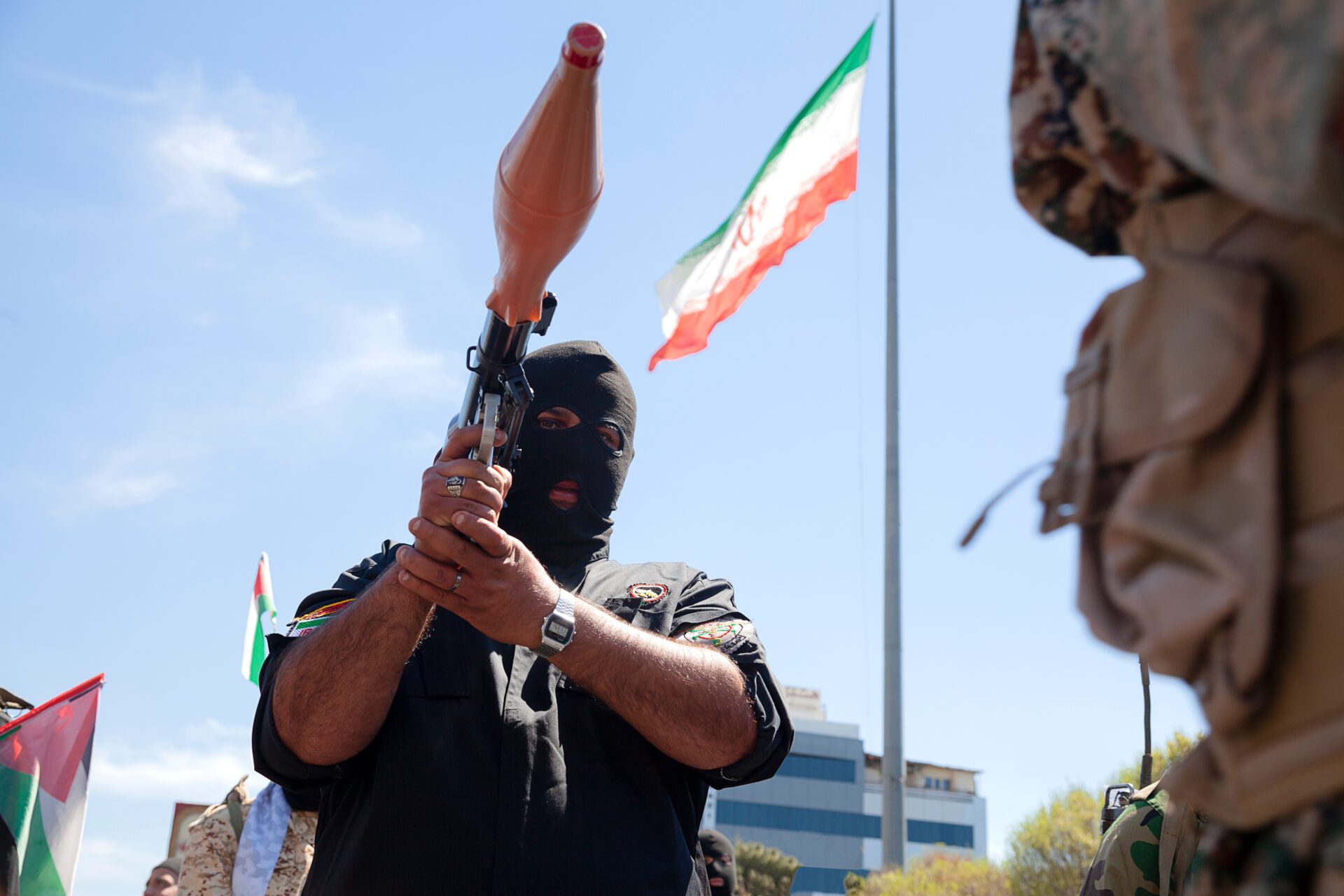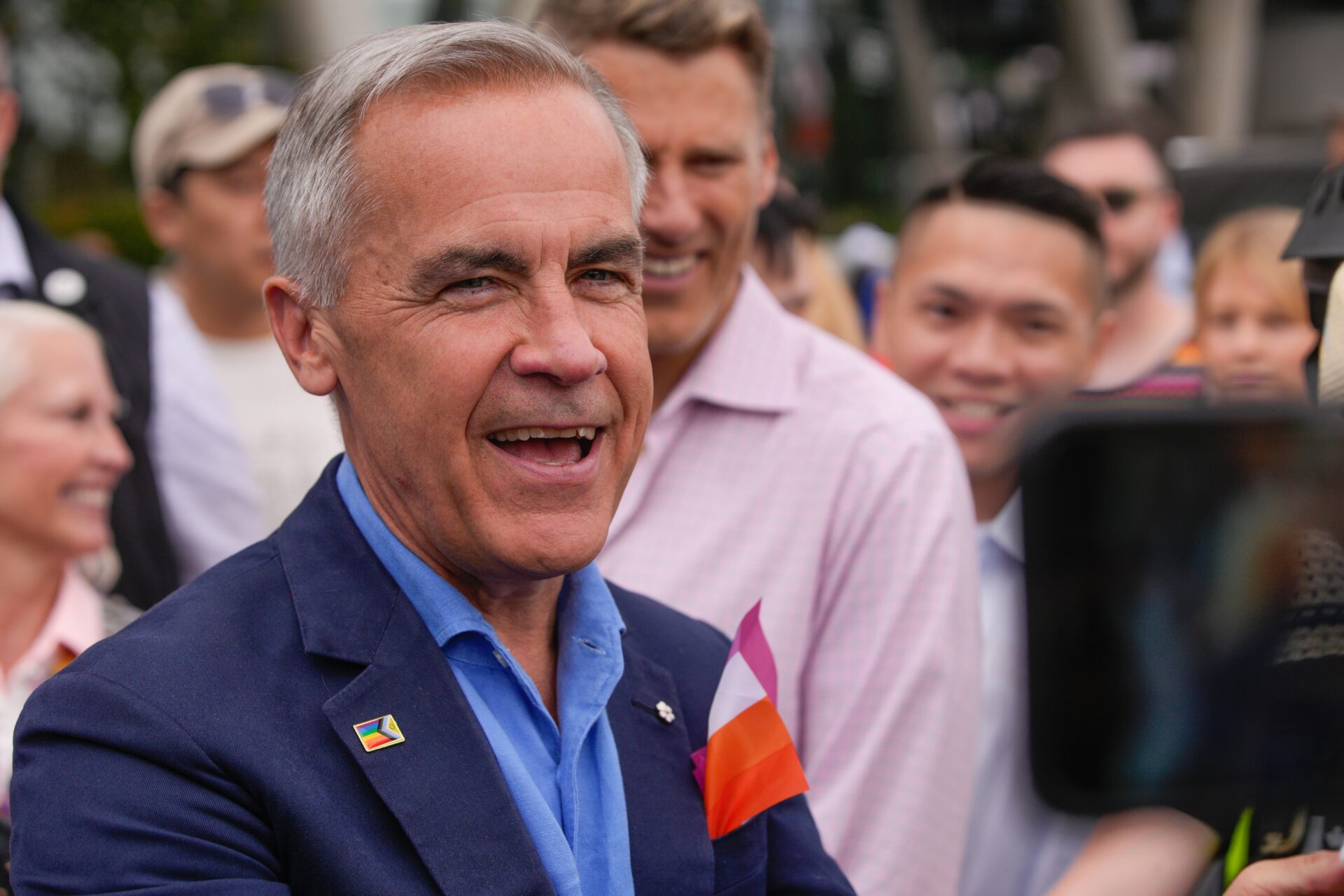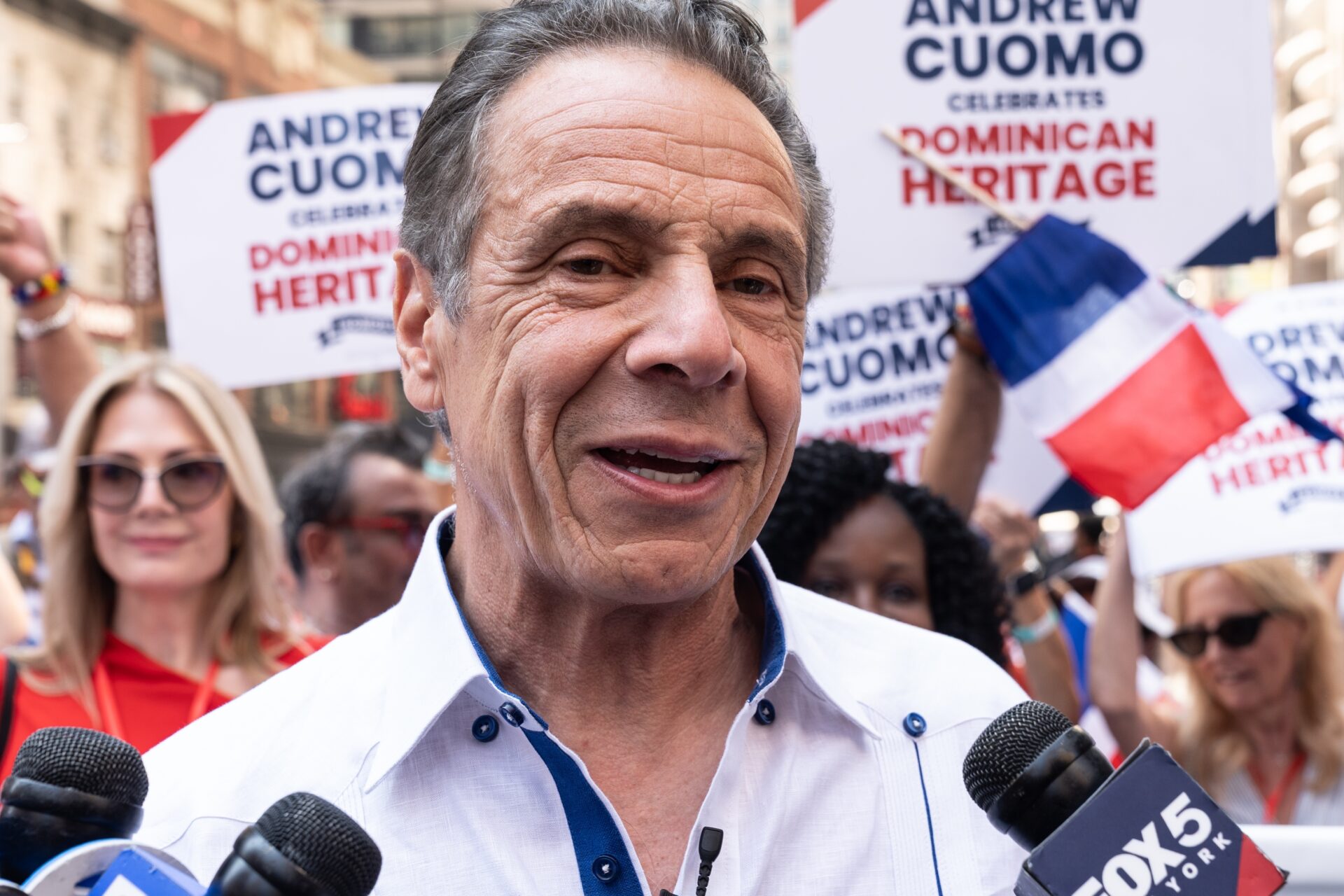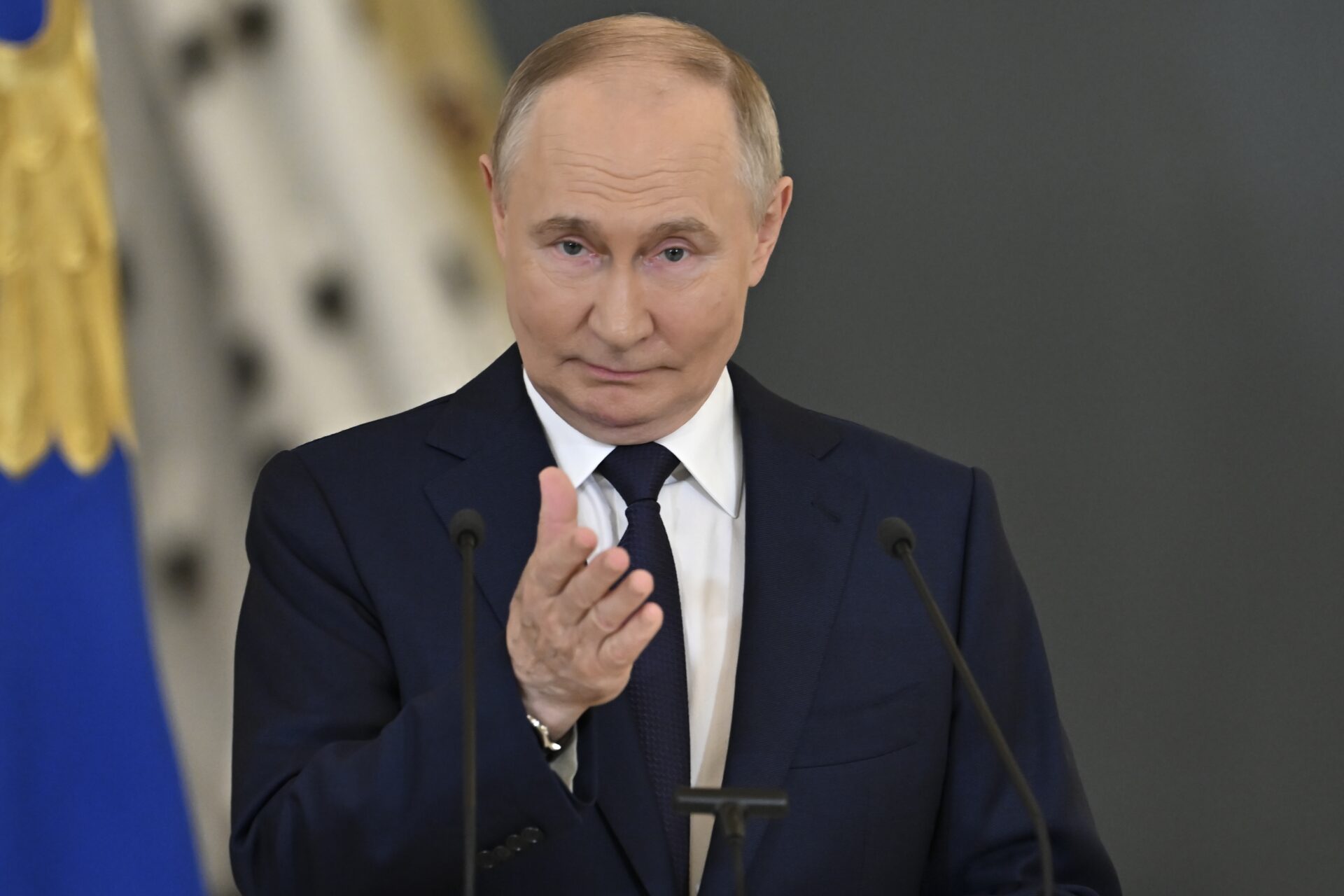
Iran-Armenia Talks: Corridor CHAOS?
Iranian President Masoud Pezeshkian’s visit to Armenia highlights Tehran’s growing alarm over the U.S.-brokered TRIPP corridor, which could reshape regional power balances near Iran’s borders.
At a Glance
- TRIPP corridor links Azerbaijan to its Nakhchivan exclave through Armenia
- Iran fears U.S. military or corporate presence near its border
- President Pezeshkian met Armenian leaders on August 18, 2025
- Armenia seeks economic benefits but risks straining ties with Iran
- Russia and the U.S. both compete for influence in the South Caucasus
Iranian Concerns Over the TRIPP Corridor
On August 18, 2025, Iranian President Masoud Pezeshkian traveled to Armenia amid rising tensions surrounding the Trump Route for International Peace and Prosperity, or TRIPP. The corridor, brokered with U.S. involvement, aims to connect Azerbaijan with its Nakhchivan exclave via Armenian territory close to the Iranian border.
Watch now: Pezeshkian Heads To Armenia After Trump’s Zangezur Deal | YouTube
For Tehran, the project poses multiple challenges. Iranian officials have voiced concern that the corridor may open the way for a permanent U.S. military or corporate footprint in the South Caucasus, a region where Iran has historically sought to maintain influence. The sense of encirclement looms large, as the corridor could weaken Iran’s leverage over transit routes while boosting Azerbaijan’s position. Iranian leaders have repeatedly opposed any project that alters the established regional borders, framing the TRIPP plan as a potential threat to national security.
Armenia’s Strategic Balancing Act
Armenia, positioned at the crossroads of competing interests, has attempted to manage both its longstanding relationship with Iran and its growing ties with the United States and Azerbaijan. Armenian officials have reportedly reassured Tehran that no U.S. forces or private security companies will be stationed along the TRIPP corridor. However, the exact terms of the deal remain unclear, leaving space for misinterpretation and mistrust.
For Armenia, the project carries economic promise and the possibility of easing tensions with Azerbaijan. Improved connectivity could foster trade and development, but at the risk of antagonizing Tehran. This balancing act underscores the difficult choices faced by Armenia, caught between powerful neighbors and outside actors vying for influence in the Caucasus.
Regional and Global Implications
The TRIPP corridor’s significance reaches beyond the immediate region. In the short term, it risks escalating tensions between Iran, Azerbaijan, and the United States, while also provoking potential countermeasures from Russia. Moscow, already a central player in Caucasus security, may view the U.S.-backed corridor as an encroachment on its traditional sphere of influence.
Economically, the corridor could reshape trade flows across the South Caucasus by reducing reliance on Iranian transit routes. For Iran, this represents both a material and symbolic loss of influence, especially given its role as a longstanding connector between regional economies. Politically, the project highlights shifting alliances, as Armenia weighs its ties with Iran against opportunities for closer cooperation with Western and regional partners.
As the TRIPP initiative advances, the corridor could emerge as a flashpoint for broader geopolitical rivalries. Its outcome may define not only Armenia’s diplomatic course but also the balance of power in the South Caucasus for years to come.
Sources
Tehran Times
Press TV
Xinhua
IRNA


